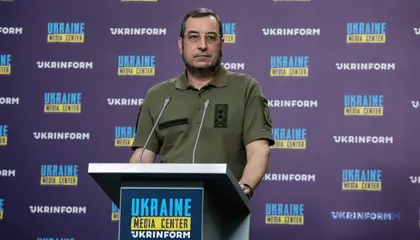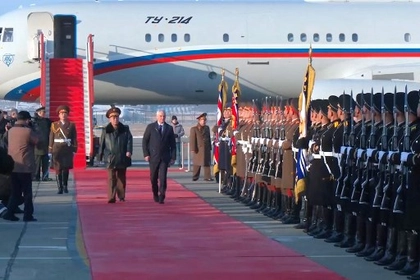Russia’s long-anticipated major offensive has already begun – since the beginning of February, said Vadym Skibitsky, the deputy head of Ukrainian intelligence, in an interview with the Associated Press on Feb. 21.
“After they left Kherson, when they were forced to leave Kherson and the right bank of the Dnipro in general, they regrouped. It finally took two months. And indeed, from the first… the beginning of February, offensive actions began. They don’t have a strategic nature, but there are at least four or five directions where active hostilities have begun. These are in the Luhansk, Donetsk, and Zaporizhzhia regions,” Skibitsky said.
JOIN US ON TELEGRAM
Follow our coverage of the war on the @Kyivpost_official.
Kupiansk in the Kharkiv region, as well as Lyman, Bakhmut, Maryinka, Avdiivka, and Vuhledar in the Donetsk region are Russia’s main targets now, according to Skibitsky. He claimed that despite the intense fighting on this part of the frontline, Russia’s gains are not significant and show that its forces are exhausted.
“Much will depend on how these coming months unfold and what success will be achieved, including our own. Because we also plan our military actions not for tomorrow, and not for the day after tomorrow, but for a certain period of time,” the deputy head of Ukrainian intelligence said, remaining circumspect about the direction the Ukrainian army will choose for the expected offensive to liberate its occupied territories.

‘We Need to End That Horrible, Horrible War’ – Ukraine at War Update for Dec. 23
You can also highlight the text and press Ctrl + Enter






